-
 Bitcoin
Bitcoin $108,703.4836
0.45% -
 Ethereum
Ethereum $2,576.6839
1.58% -
 Tether USDt
Tether USDt $1.0001
0.00% -
 XRP
XRP $2.2924
-0.87% -
 BNB
BNB $660.2136
0.01% -
 Solana
Solana $151.4729
-0.29% -
 USDC
USDC $1.0000
0.00% -
 TRON
TRON $0.2866
0.04% -
 Dogecoin
Dogecoin $0.1698
0.82% -
 Cardano
Cardano $0.5831
0.13% -
 Hyperliquid
Hyperliquid $37.9814
-3.97% -
 Bitcoin Cash
Bitcoin Cash $503.9489
1.93% -
 Sui
Sui $2.8994
0.74% -
 Chainlink
Chainlink $13.5429
0.38% -
 UNUS SED LEO
UNUS SED LEO $9.0693
-0.19% -
 Stellar
Stellar $0.2524
0.15% -
 Avalanche
Avalanche $18.1959
1.02% -
 Shiba Inu
Shiba Inu $0.0...01180
1.48% -
 Toncoin
Toncoin $2.7601
-0.76% -
 Hedera
Hedera $0.1606
0.96% -
 Litecoin
Litecoin $86.6105
0.26% -
 Monero
Monero $315.7691
-0.56% -
 Polkadot
Polkadot $3.3911
0.25% -
 Dai
Dai $1.0001
0.03% -
 Ethena USDe
Ethena USDe $1.0002
0.02% -
 Bitget Token
Bitget Token $4.3076
-0.05% -
 Uniswap
Uniswap $7.5901
3.66% -
 Aave
Aave $288.0954
0.35% -
 Pepe
Pepe $0.0...01002
1.64% -
 Pi
Pi $0.4578
0.09%
Why is my crypto transaction pending?
A pending crypto transaction may result from network congestion, low fees, or wallet issues, and can take hours or days to confirm.
Jul 08, 2025 at 05:35 pm
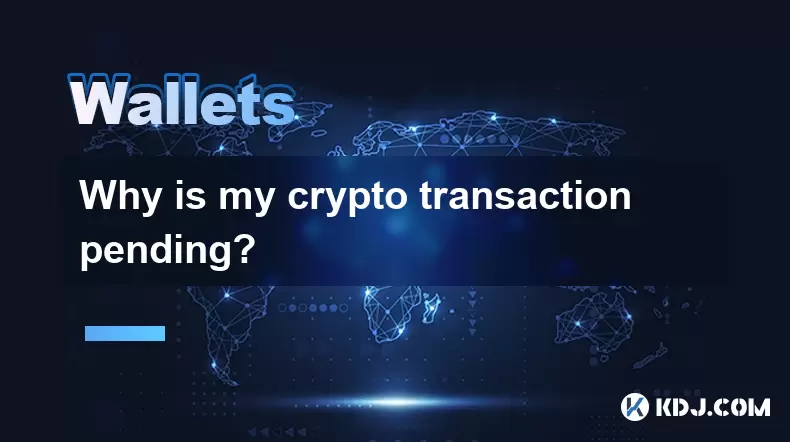
Understanding the Reasons Behind a Pending Crypto Transaction
When you send or receive cryptocurrency, there are several factors that can cause your transaction to remain in a pending state. A pending transaction typically means that it has been broadcasted to the network but hasn’t yet been confirmed by the blockchain. This can be due to network congestion, low transaction fees, or wallet-related issues.
It's crucial to understand that blockchains like Bitcoin and Ethereum rely on miners or validators to confirm transactions. If the network is busy, transactions with lower fees may take longer to process. Additionally, some wallets might not update in real time, giving the impression that the transaction is stuck when, in fact, it just hasn't been picked up yet.
How Blockchain Confirmations Work
Every time a crypto transaction is made, it needs to be verified and added to a block before it becomes final. The number of confirmations required varies depending on the platform or service you're using. For example, most exchanges require at least three confirmations for Bitcoin transactions before they consider the transfer complete.
If your transaction is still pending, check how many confirmations it has received. You can do this by entering the transaction hash (TXID) into a blockchain explorer such as blockchair.com or blockchain.com. If it shows zero confirmations, then the network hasn’t validated it yet.
The Role of Transaction Fees in Processing Speed
One of the most common reasons for a pending transaction is a low transaction fee. Miners prioritize transactions with higher fees because they earn more from them. If you sent a transaction during a busy period with a low fee, it could get stuck in the mempool—a holding area for unconfirmed transactions.
To avoid this, always check the current gas prices if you're using Ethereum, or the satoshis per byte (sats/vByte) for Bitcoin. Many wallets offer options to set custom fees. Using tools like ethgasstation.info or mempool.space can help you estimate appropriate fees based on network conditions.
Double-Spending Attempts and Their Impact
Another reason a transaction might appear pending is due to a double-spend attempt. If you tried to send the same coins twice—either intentionally or accidentally—the network will reject one of the transactions. In this case, one transaction will eventually be confirmed while the other gets dropped.
This often happens when users try to resend funds without waiting for the first transaction to clear. Wallets usually prevent this, but certain advanced configurations or manual interventions can bypass these protections. If you suspect this is the case, wait a few hours and check both transactions via their TXIDs.
Wallet and Exchange Delays
Sometimes, the issue isn’t with the blockchain itself but with the wallet or exchange you’re using. Some platforms delay showing incoming transactions until they reach a certain number of confirmations. Others may experience internal syncing issues or API outages that cause displays to lag behind actual network activity.
If you're using a desktop or mobile wallet, ensure it’s fully synced with the network. For web-based wallets or exchanges, check their status pages or social media accounts for any ongoing maintenance or downtime. It’s also possible that the recipient address was entered incorrectly, which can result in the transaction being processed but never reaching the intended destination.
What You Can Do About a Pending Transaction
If your transaction remains pending for an extended period, there are a few steps you can take:
- Wait it out: Most transactions will either get confirmed or rejected within 72 hours.
- Check the transaction hash: Use a blockchain explorer to monitor its status.
- Use Replace-by-Fee (RBF): If your wallet supports RBF, you can increase the transaction fee to speed up confirmation.
- Double-spend with higher fees: Known as Child-Pays-for-Parent (CPFP), this method involves creating a new transaction that pays a high fee to incentivize miners to include both transactions.
Always make sure you know how your wallet handles pending transactions and whether it supports advanced features like RBF or CPFP.
Frequently Asked Questions
Can I cancel a pending crypto transaction?
No, once a transaction is broadcasted to the network, it cannot be canceled. However, if it remains unconfirmed for too long, it may be dropped from the mempool and the funds will return to your wallet.
Why does my transaction have multiple confirmations but still show as pending?
Some platforms require a specific number of confirmations before releasing funds. Even with a few confirmations, your service might be waiting for more before updating the transaction status.
How long can a crypto transaction stay pending?
While most transactions are confirmed within minutes, some can remain pending for days, especially during periods of high network congestion or if the transaction fee is very low.
Will a pending transaction affect my wallet balance?
Yes, pending outgoing transactions will reduce your available balance until they are either confirmed or dropped from the network.
Disclaimer:info@kdj.com
The information provided is not trading advice. kdj.com does not assume any responsibility for any investments made based on the information provided in this article. Cryptocurrencies are highly volatile and it is highly recommended that you invest with caution after thorough research!
If you believe that the content used on this website infringes your copyright, please contact us immediately (info@kdj.com) and we will delete it promptly.
- Kraken, Rear Wing, and Memecoins: A Wild Ride to the Singapore Grand Prix!
- 2025-07-09 00:50:12
- Cronos Skyrockets: Decoding the Reasons Behind CRO's Crypto Surge
- 2025-07-09 01:30:12
- Ethereum's Wall Street Love & Ruvi AI's Audit Rally: A Crypto Cocktail
- 2025-07-09 00:55:12
- Crypto Coins with Growth Potential: Top Picks for Savvy Investors
- 2025-07-09 01:35:13
- Onyxcoin (XCN) vs. Solana (SOL): A Promising Bet in the Crypto Game?
- 2025-07-09 00:30:12
- Pi Network's Supply Surge: A Recipe for Price Problems?
- 2025-07-09 02:10:13
Related knowledge

What happens if I forget my Trezor passphrase
Jul 09,2025 at 03:15am
Understanding the Role of a Trezor PassphraseIf you use a Trezor hardware wallet, you may have set up a passphrase as an extra layer of security beyon...
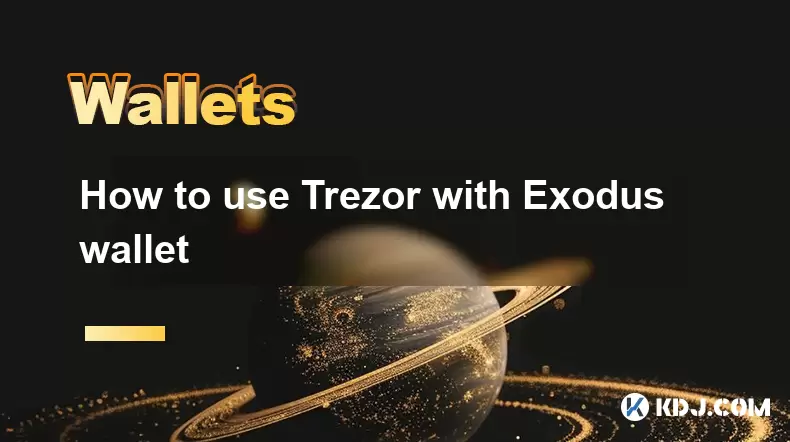
How to use Trezor with Exodus wallet
Jul 09,2025 at 12:49am
Connecting Trezor Hardware Wallet to Exodus Software WalletTo use Trezor with Exodus wallet, users need to connect the hardware wallet to the software...
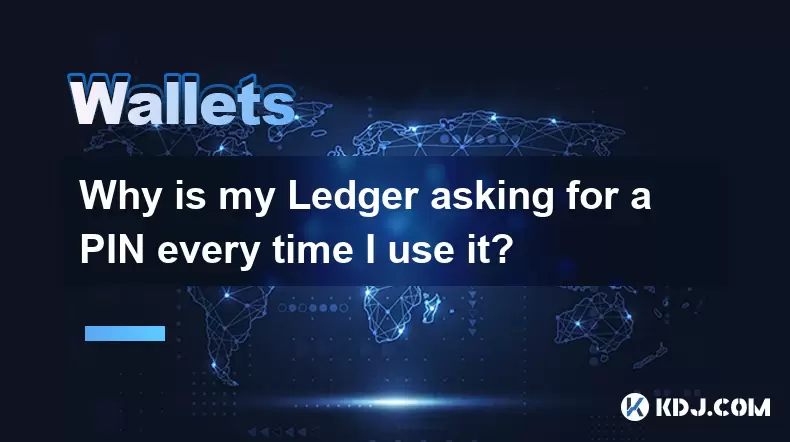
Why is my Ledger asking for a PIN every time I use it?
Jul 08,2025 at 11:21pm
Understanding the Purpose of the PIN on Your Ledger DeviceThe PIN (Personal Identification Number) is a crucial security feature built into every Ledg...
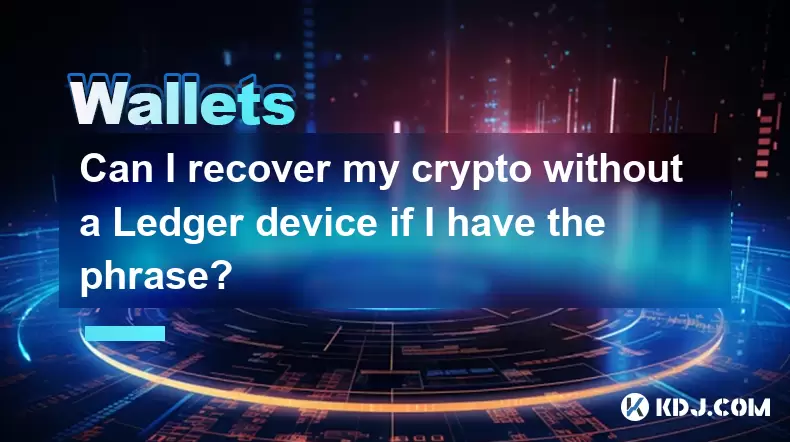
Can I recover my crypto without a Ledger device if I have the phrase?
Jul 09,2025 at 01:36am
Understanding the Role of a Recovery Phrase in Crypto SecurityIf you have your recovery phrase but no Ledger device, you might wonder whether it's pos...
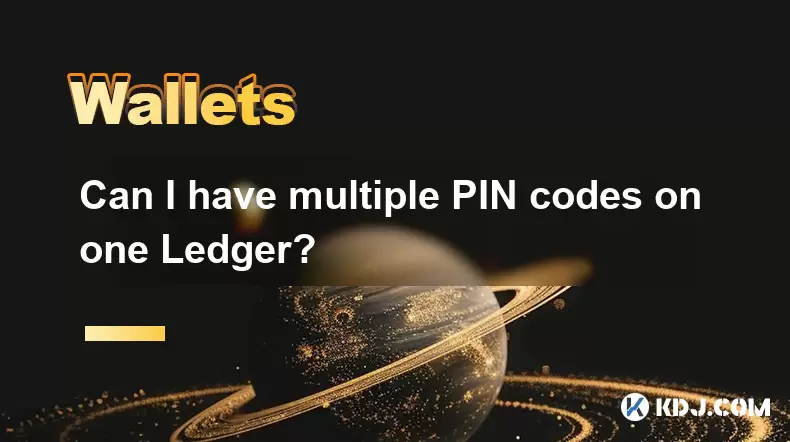
Can I have multiple PIN codes on one Ledger?
Jul 09,2025 at 12:35am
Understanding the Basics of Decentralized Exchanges (DEXs)A decentralized exchange, or DEX, is a type of cryptocurrency trading platform that operates...
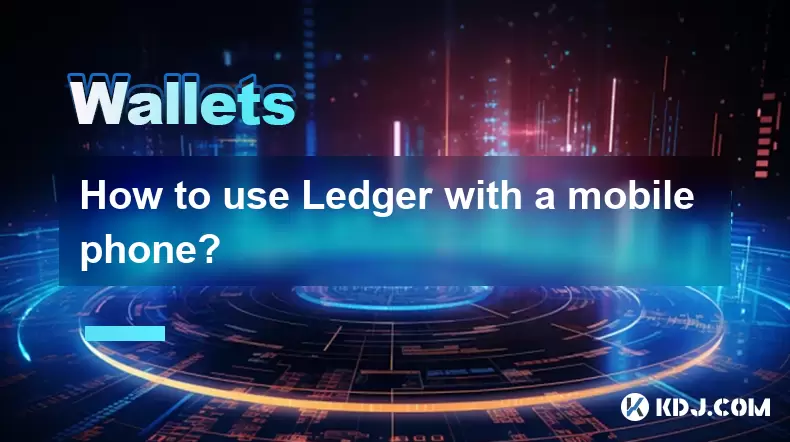
How to use Ledger with a mobile phone?
Jul 08,2025 at 10:49pm
Connecting Ledger Hardware Wallet to Mobile DevicesUsing a Ledger hardware wallet with a mobile phone provides a secure and convenient way to manage c...

What happens if I forget my Trezor passphrase
Jul 09,2025 at 03:15am
Understanding the Role of a Trezor PassphraseIf you use a Trezor hardware wallet, you may have set up a passphrase as an extra layer of security beyon...

How to use Trezor with Exodus wallet
Jul 09,2025 at 12:49am
Connecting Trezor Hardware Wallet to Exodus Software WalletTo use Trezor with Exodus wallet, users need to connect the hardware wallet to the software...

Why is my Ledger asking for a PIN every time I use it?
Jul 08,2025 at 11:21pm
Understanding the Purpose of the PIN on Your Ledger DeviceThe PIN (Personal Identification Number) is a crucial security feature built into every Ledg...

Can I recover my crypto without a Ledger device if I have the phrase?
Jul 09,2025 at 01:36am
Understanding the Role of a Recovery Phrase in Crypto SecurityIf you have your recovery phrase but no Ledger device, you might wonder whether it's pos...

Can I have multiple PIN codes on one Ledger?
Jul 09,2025 at 12:35am
Understanding the Basics of Decentralized Exchanges (DEXs)A decentralized exchange, or DEX, is a type of cryptocurrency trading platform that operates...

How to use Ledger with a mobile phone?
Jul 08,2025 at 10:49pm
Connecting Ledger Hardware Wallet to Mobile DevicesUsing a Ledger hardware wallet with a mobile phone provides a secure and convenient way to manage c...
See all articles

























































































